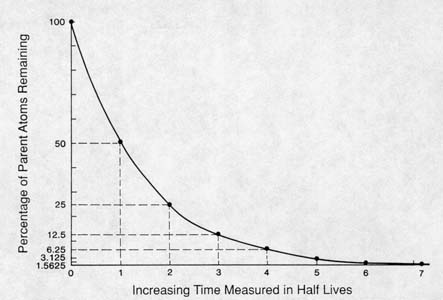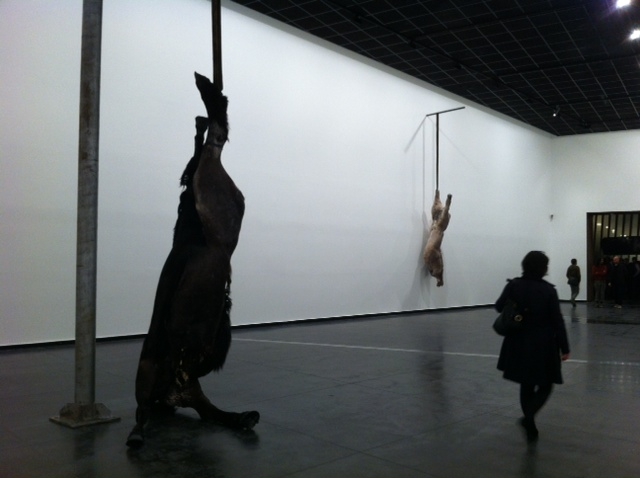It is now a little over two years since I started my PhD, and quite a while since I blogged about it specifically. So it seems like a good juncture at which to reflect on how I’m progressing, and answer the burning questions you may have but are too polite to ask . . .
Two years is a long time. You must really have this PhD thing down by now.
You’d think so, huh? To be honest it really doesn’t feel like I’ve been doing this for two years! A lot of the time I still feel like I’m finding my feet. But I’m starting to think that that is just the nature of a PhD – nearly everything you do, you are doing it for the first time. And each new task has a niggling uncertainty about it – am I doing my data collection the *right* way? Am I asking the *right* questions? Will I recognise the answers to these questions in the mass of data I’m only just learning to analyse? What have I *not* thought of? These niggles have become part of the background hum of my mind, a bit like constantly wondering whether you left the gas on at home or not.
At some point though, you have to take a leap of faith in yourself – or else be paralysed by fear of failure – and have faith in your supervisors that they won’t let you stray *too* far off track (even if a bit of meandering might be a necessary part of the learning process).
And I don’t want to come across as overly pessimistic – I have learned a lot. Sometimes it’s hard to recognise this because no sooner have you passed one learning curve you’re on to the next. If you keep looking forward, all you can see are more mountains to climb. But every so often you get a chance to look back (e.g. offering advice to a PhD student just starting out, or being able to relate what you read in the literature to what you’ve observed in your own research) and you get to see how far you’ve come.
So what have you been doing since your last PhD blog post?
Since last May I have been:
- Conducting 12 accompanied visits around the SA Museum (and transcribing the 14 hours of interview tapes they produced)
- Performing an initial analysis of these transcripts to inform the development of a survey instrument, which was piloted with 170 visitors across three exhibitions (in SA and Melbourne) as proof-of-principle
- Tracking and timing approx. 175 museum visitors in different exhibitions at SA Museum and performing initial analysis of movement and stopping patterns
- Refining the survey instrument from above for incorporation into a larger questionnaire. Piloting said questionnaire and starting to collect the main survey sample (80 down, about 400 to go over the next few weeks)
- Presenting a poster on my (as then, planned) research at the Visitor Studies Association (VSA) conference in Raleigh, NC, USA
- *Finally* submitting my first scholarly article for publication (this is now undergoing peer review)
That doesn’t sound like much for nearly a year’s work. . . .
Yep. I agree with you. All these things have taken far longer to do in practice than I thought they would. I don’t know if that means my expectations were unrealistic, or whether I have been a little slow in getting things done. The logistics of data collection can be time consuming – more so than I anticipated. There are also the other things I did that were not (directly) related to my PhD:
- Convening the Museums Australia conference in Adelaide last year (for which I took two months off from being officially a full-time PhD candidate)
- Adding a two week study tour of Eastern USA museums to my trip for the VSA conference
- Attending the Interpretation Australia conference and presenting a paper (unrelated to my research)
- Attending the Australasian Evaluation Society conference in Adelaide
- A few freelance interpretation projects
- Planning for a trip to China next month (as part of a PhD student delegation being organised by the Group of Eight universities)
- Various voluntary roles with Museums Australia and Interpretation Australia (and most recently at the Adelaide Festival)
- Blogging (of course!) and other writing projects, including co-authoring an article for the Exhibitionist.
- Probably some other things I can’t bring to mind right now
I write this list mostly to justify to myself that I haven’t been twiddling my thumbs, even if I do feel a bit behind on my research. On reflection I don’t think I’ve had the balance between “PhD study” and “other interesting things” quite right. With the long time frame associated with a PhD, it’s easy to think you can find the time for extra opportunities as they come along (particularly when they are all so tempting and rewarding). But each little thing adds up. Conferences are stimulating but they also take momentum away from what you were doing back in the office. I don’t want to be a PhD hermit, losing touch with what is happening in the “real” museums and interpretation world, but at the same time I think I need to be a bit more careful about what I say yes to in the future.
However, despite taking a slightly more scenic route towards a PhD, I’m still on track for my (self-imposed) deadline of completion before I turn 40 (just under two years away).
What’s next?
Over the next few weeks I’m hoping to get the lion’s share of my survey collection done, before heading off to China in the second half of April. May-July will be a chance to really get my teeth into the statistical techniques I need to be able to properly analyse and interpret these data (and also a chance to tidy up any loose ends on the data collection front). August is my last hurrah (a trip to the US with my partner who is attending some training courses there), before heading back to Adelaide, holing myself up and properly getting into writing my thesis.
Before that I intend to go to Hobart at some point (to see MONA and the newly refurbished TMAG) and will post some reviews here in due course. But it also might get a bit quiet on this blog from time to time as I take the time I need to focus on my research and writing up. If you don’t hear from me for a while, you’ll know what I’m doing . . .




